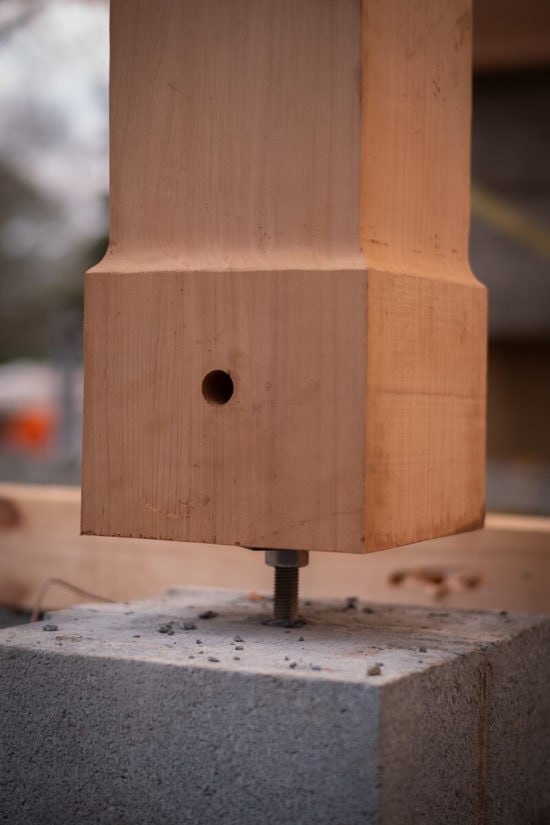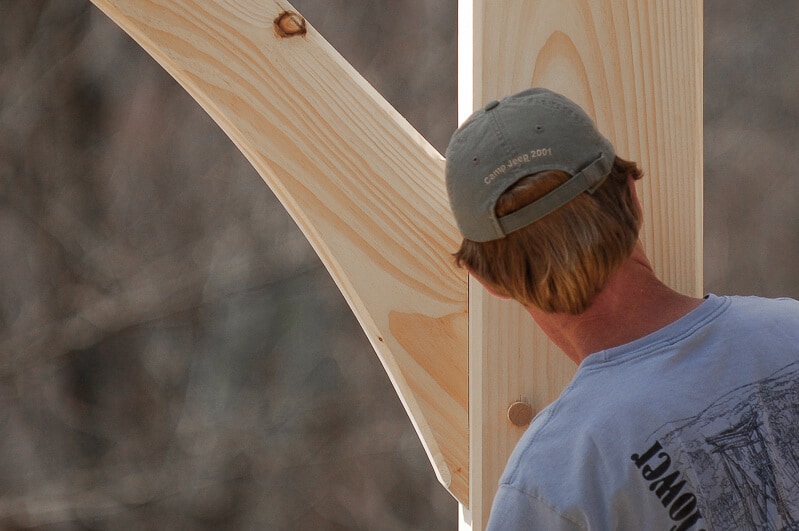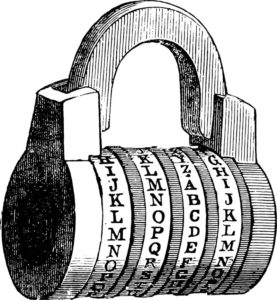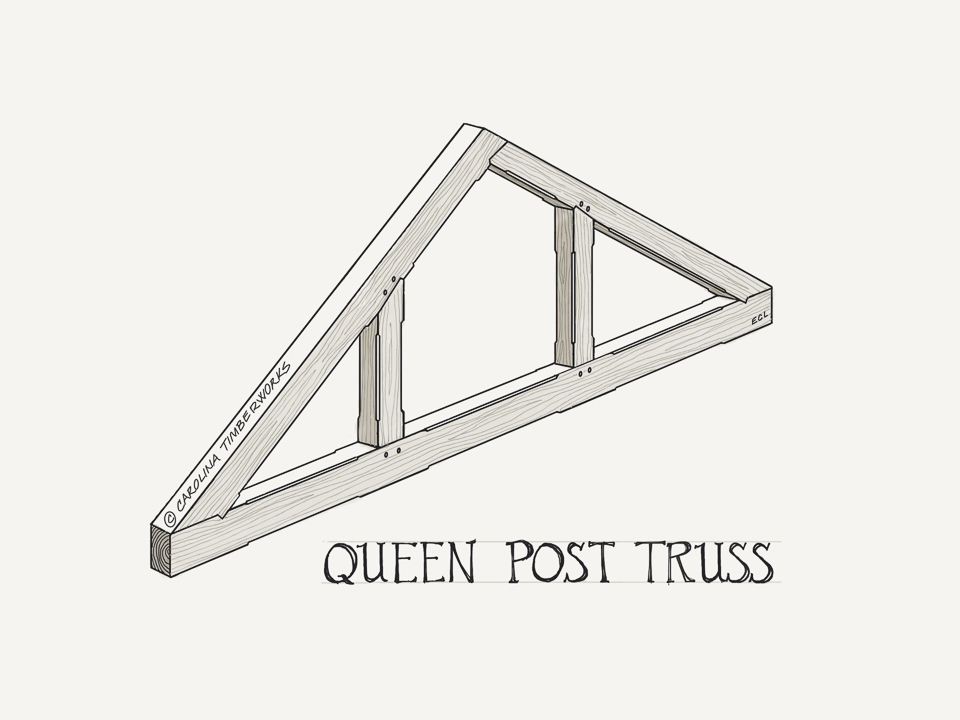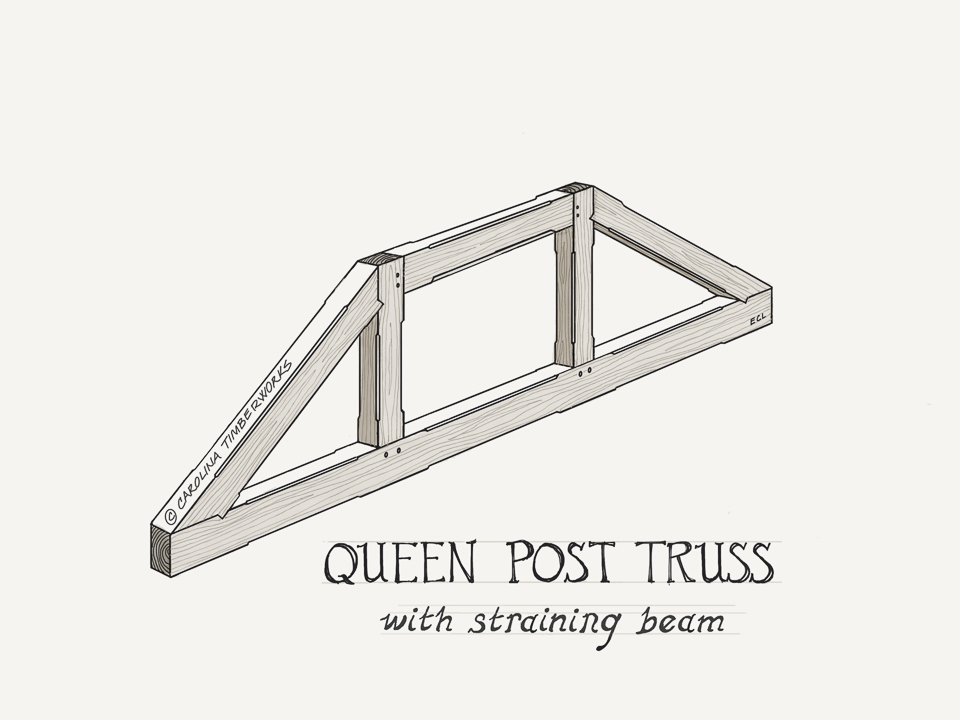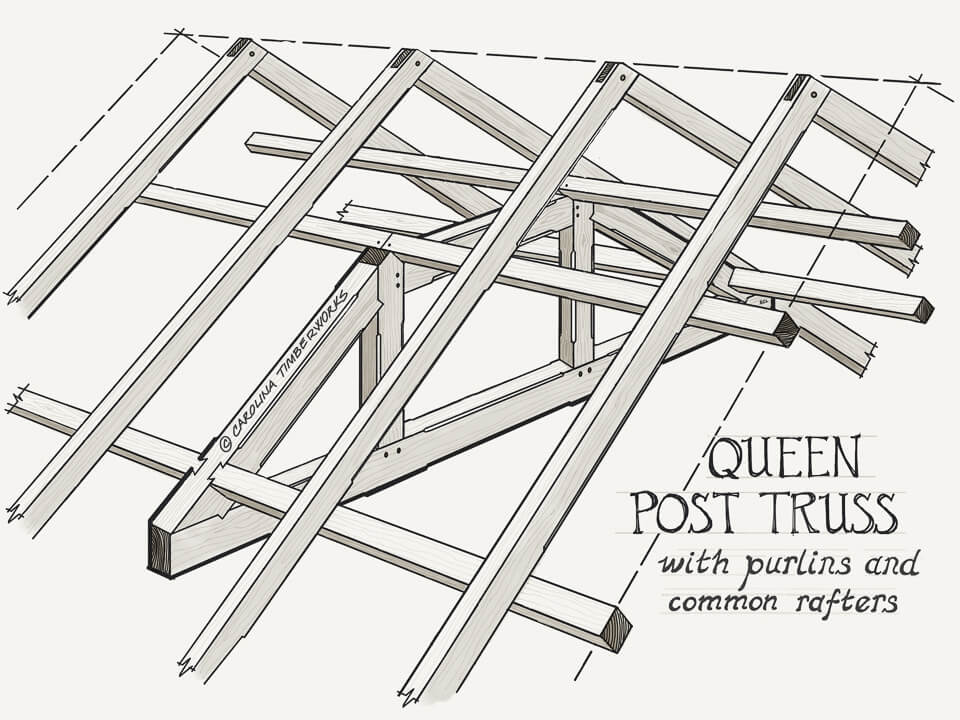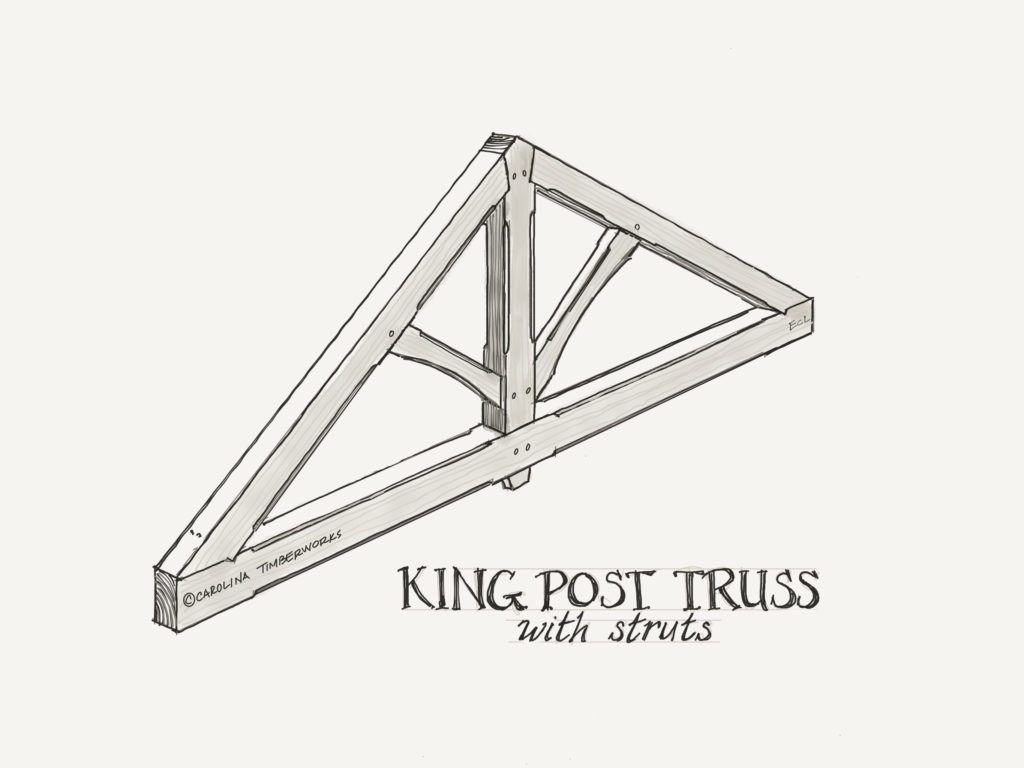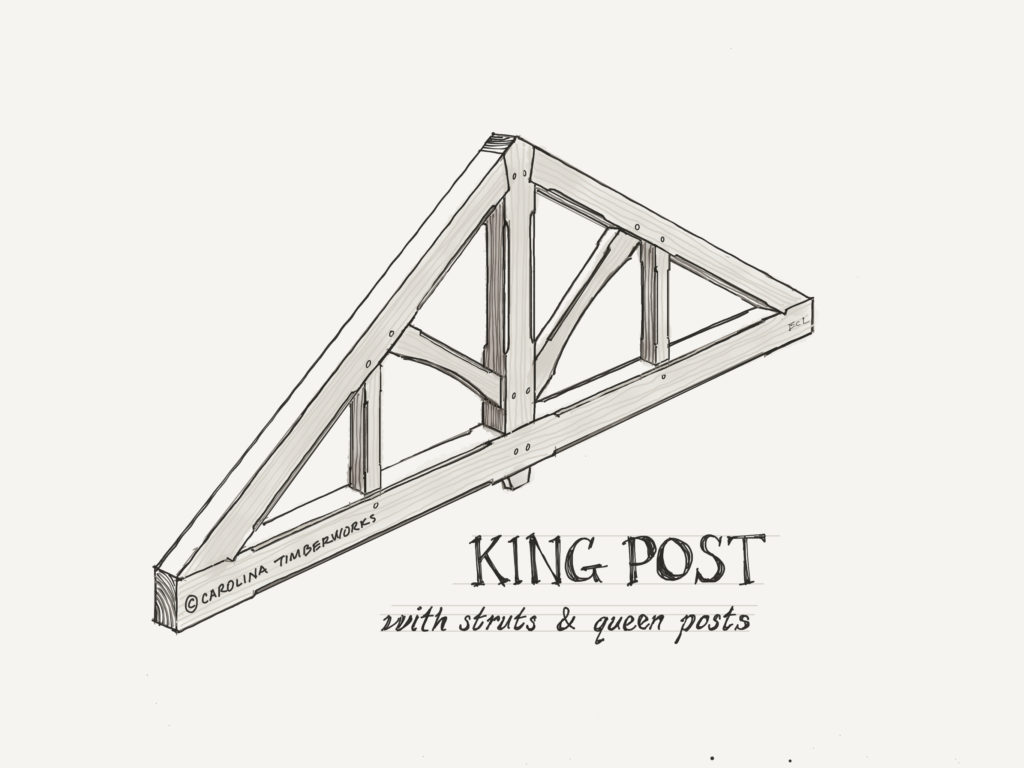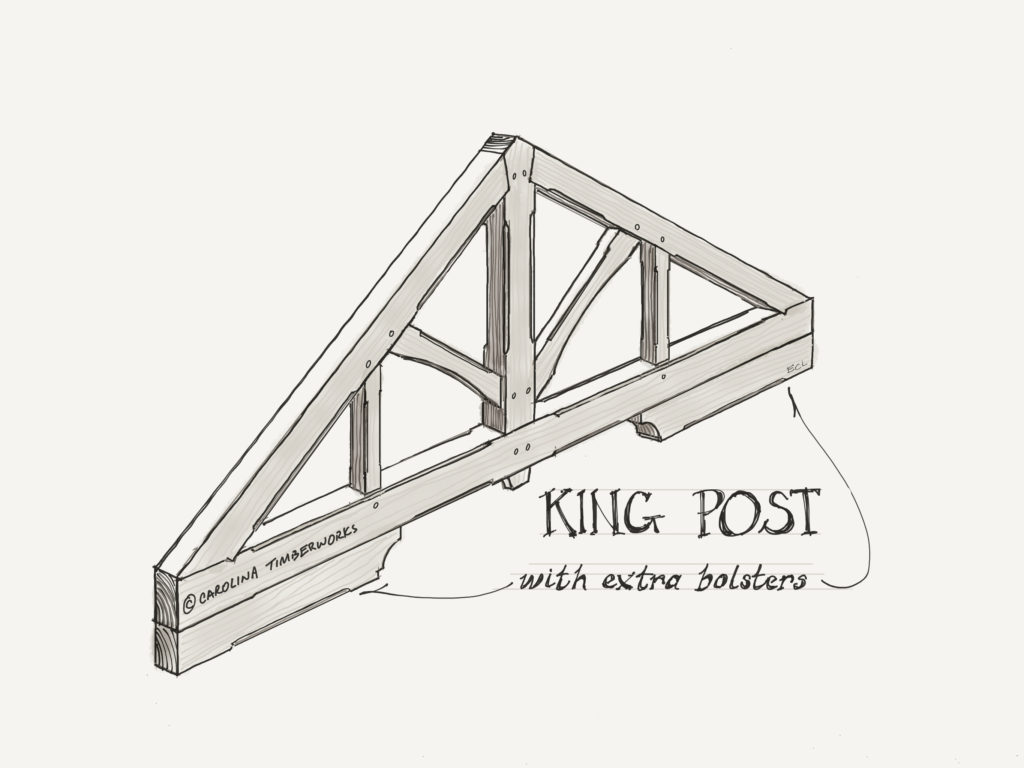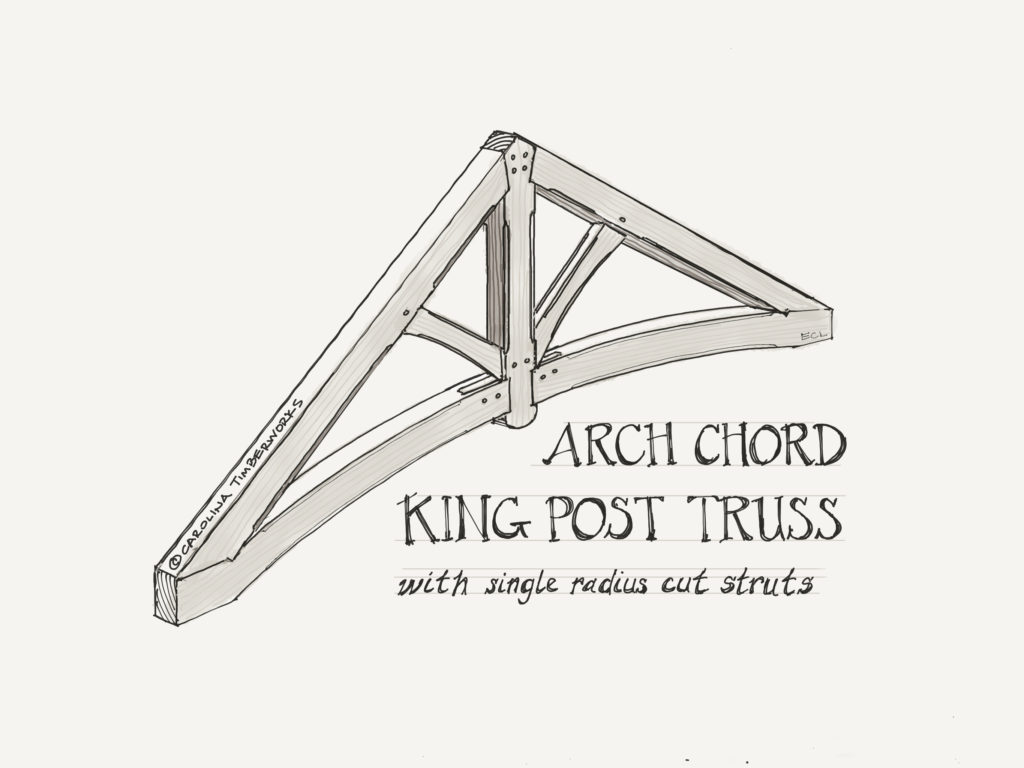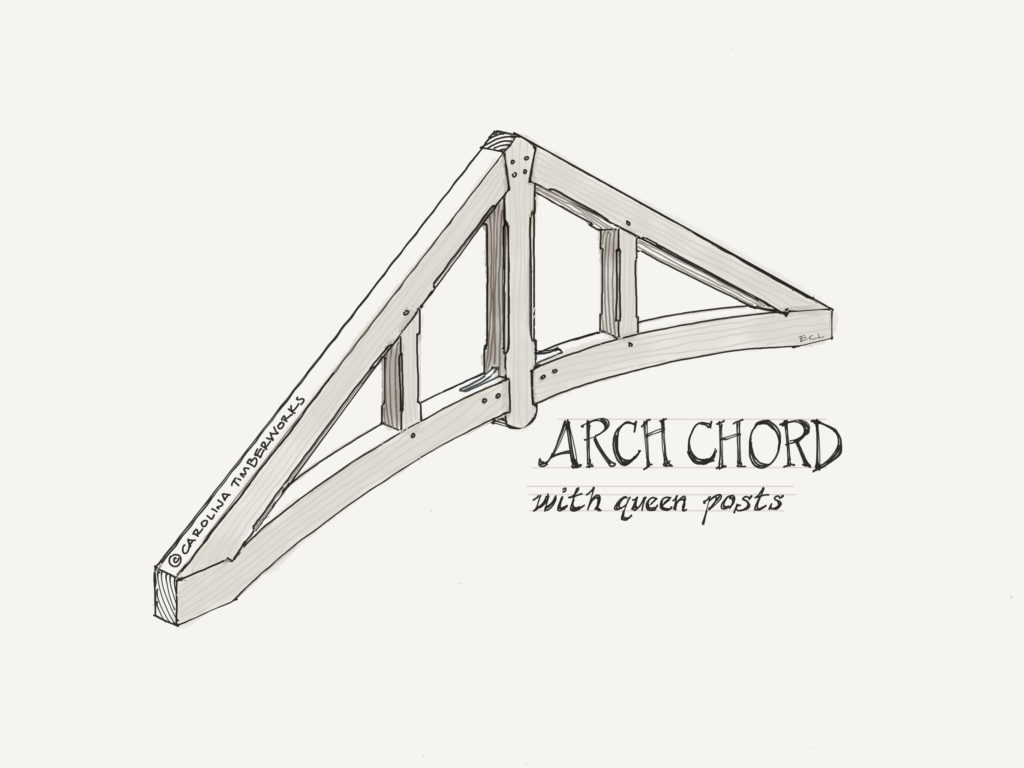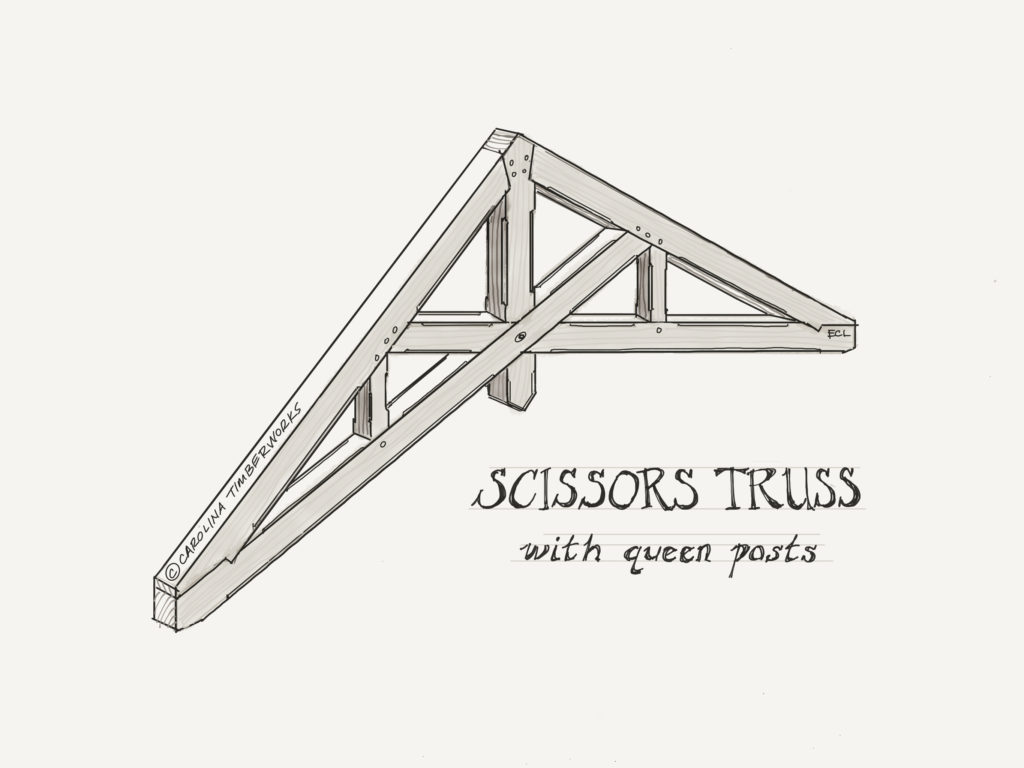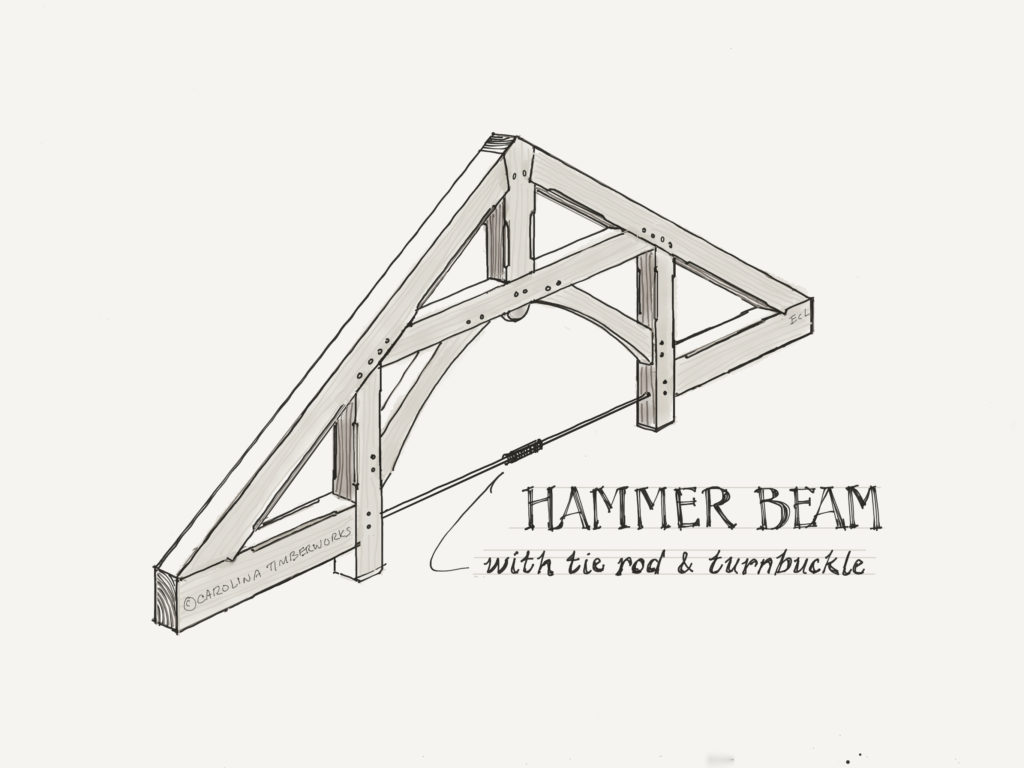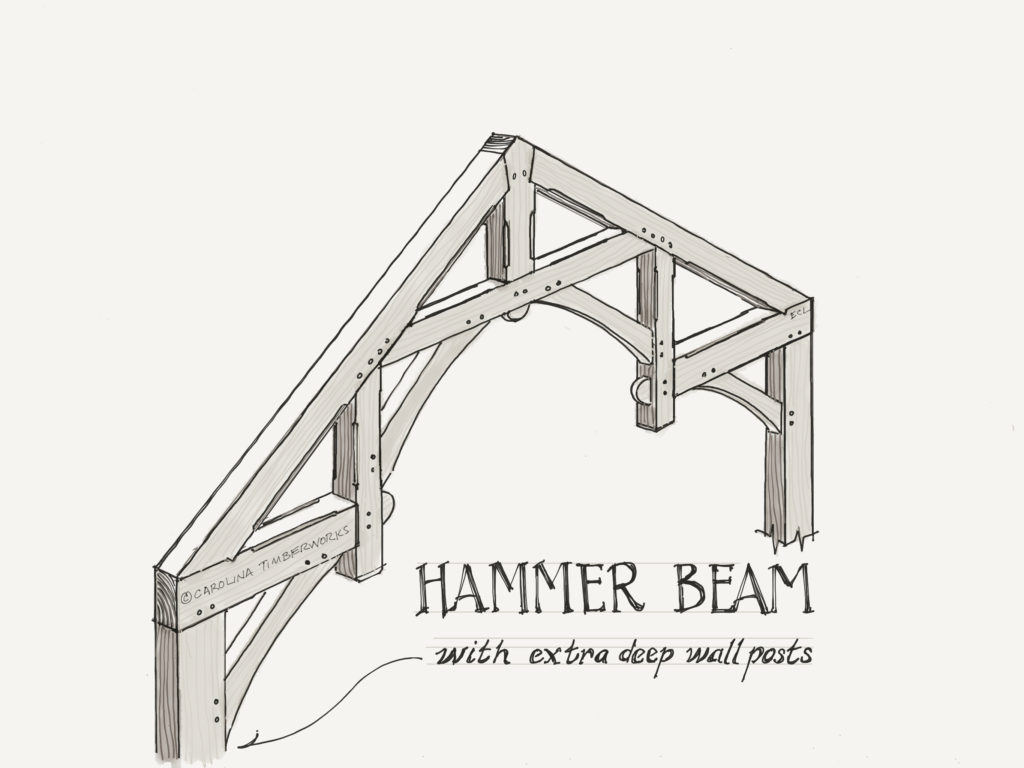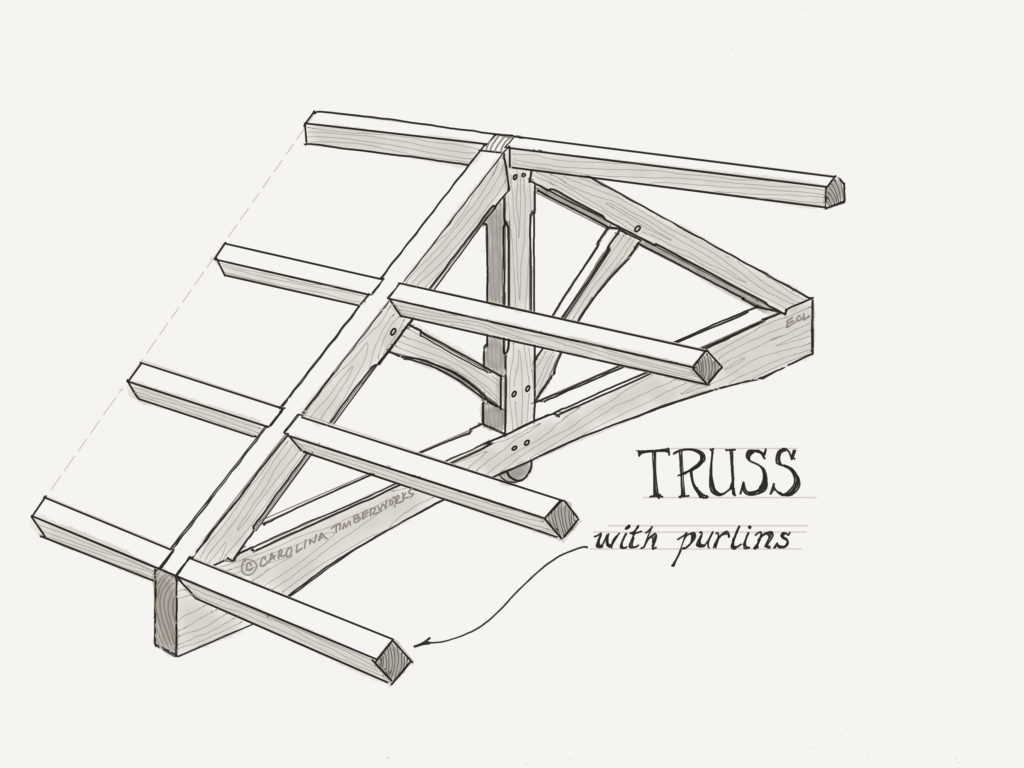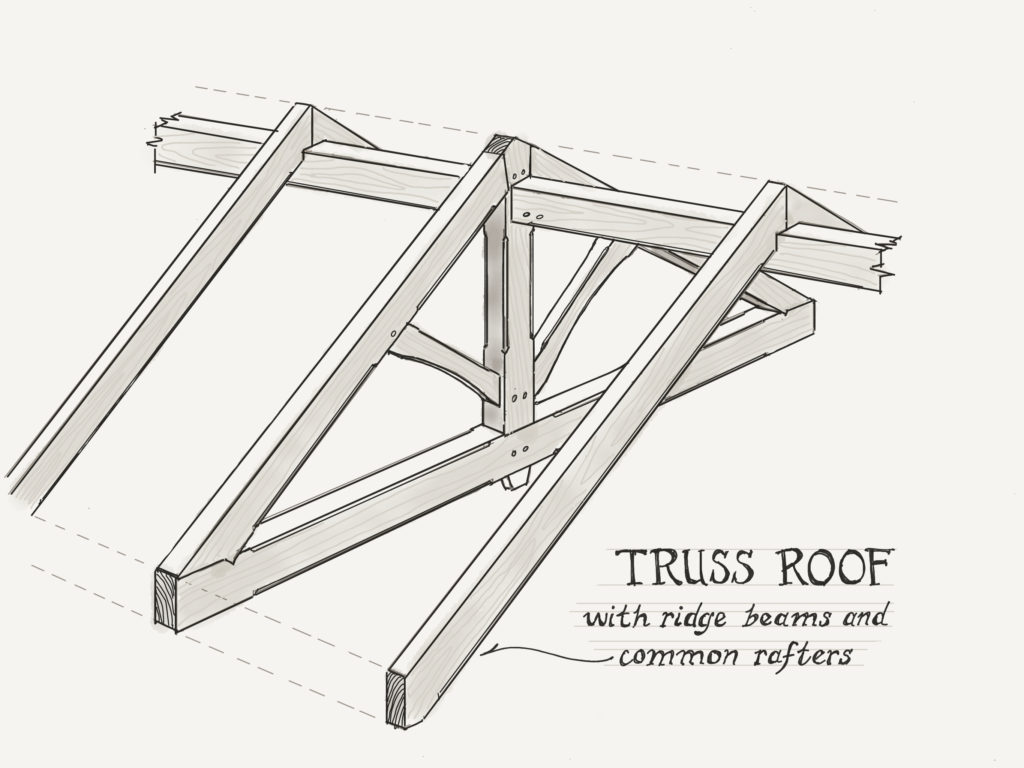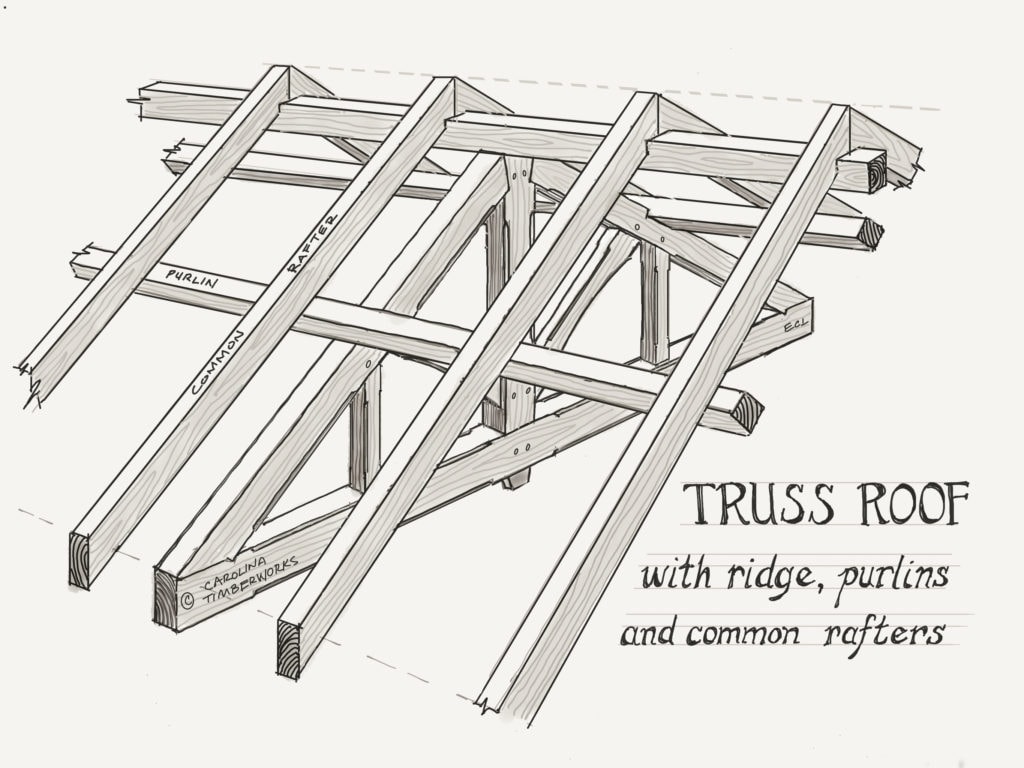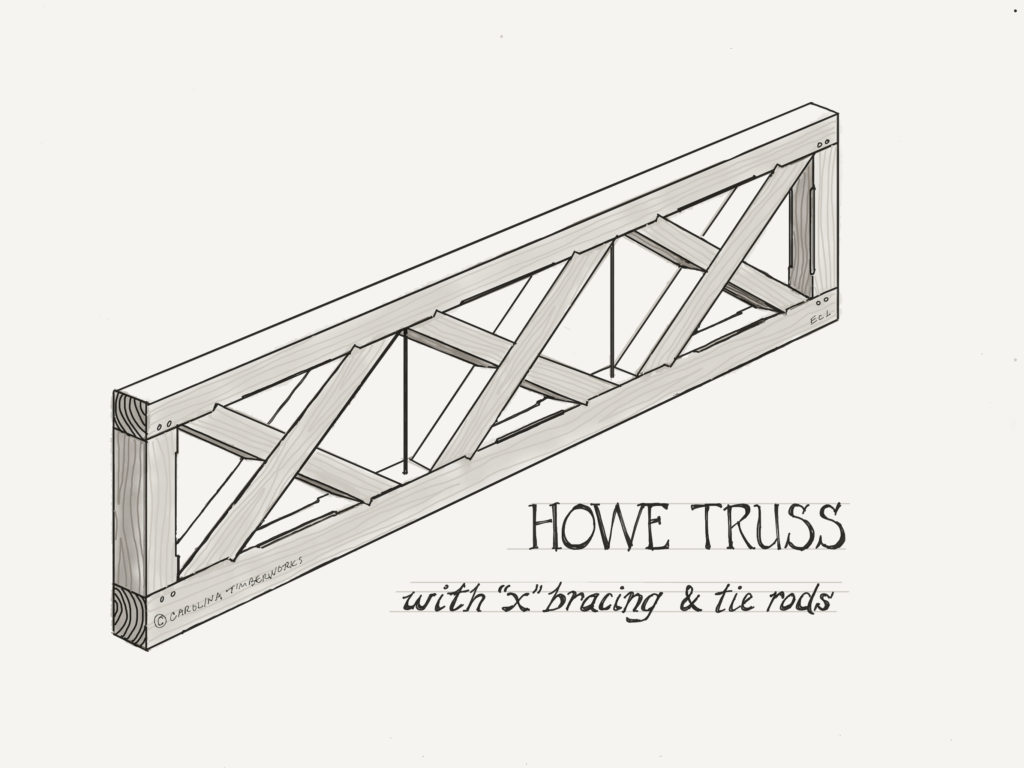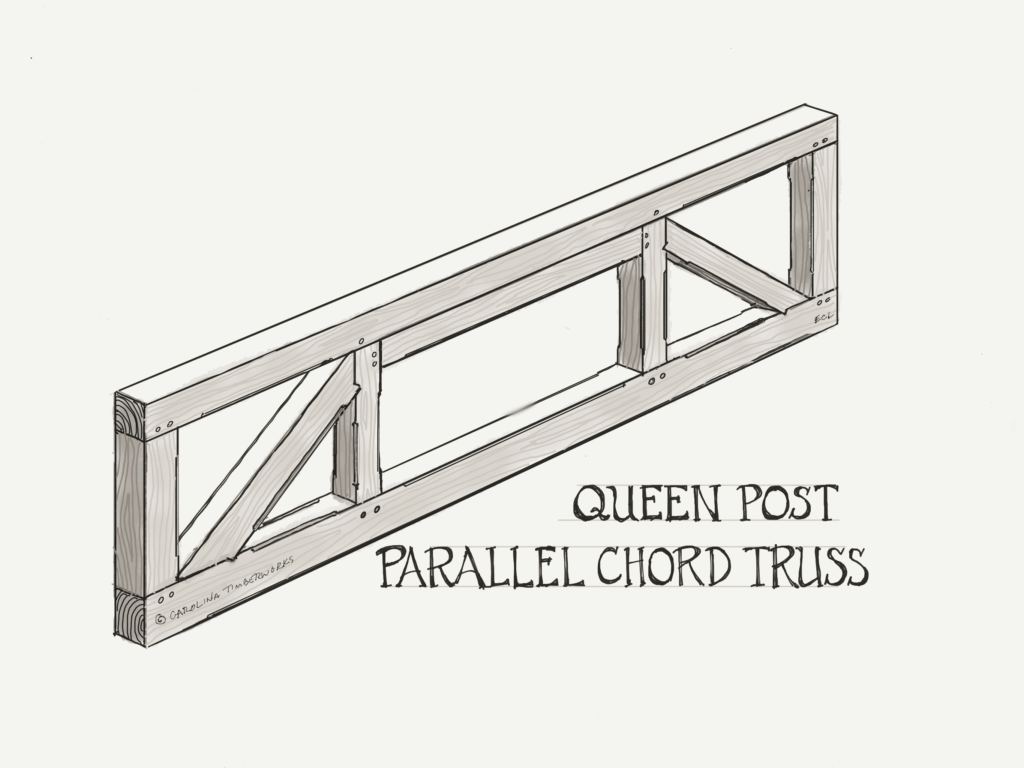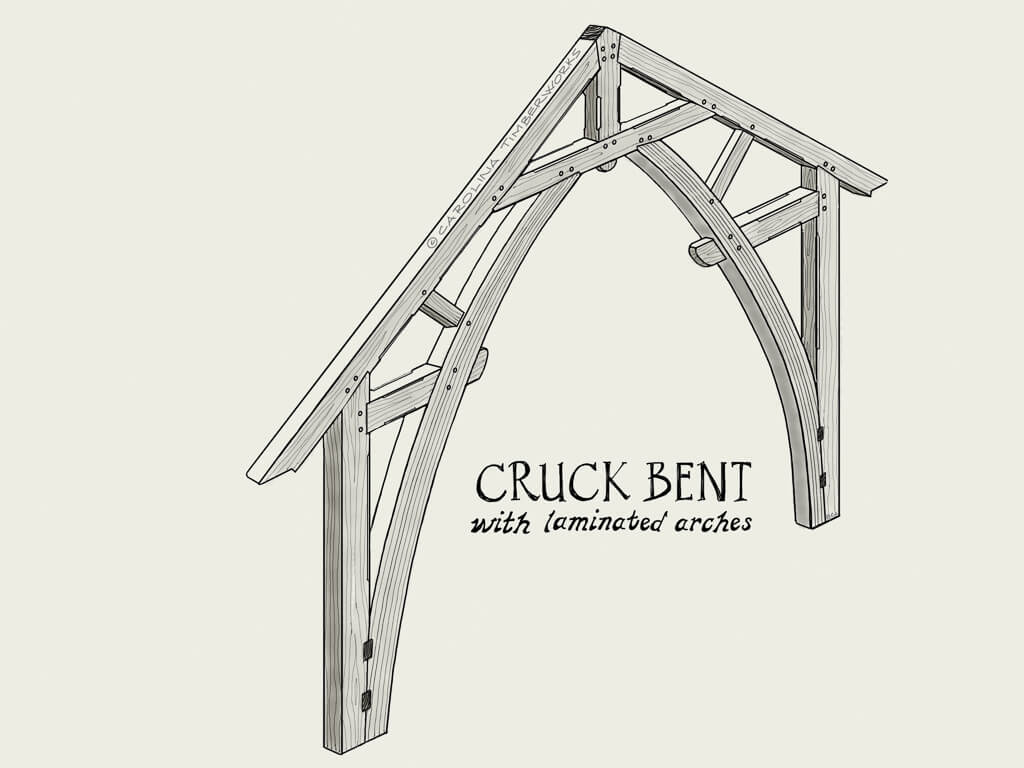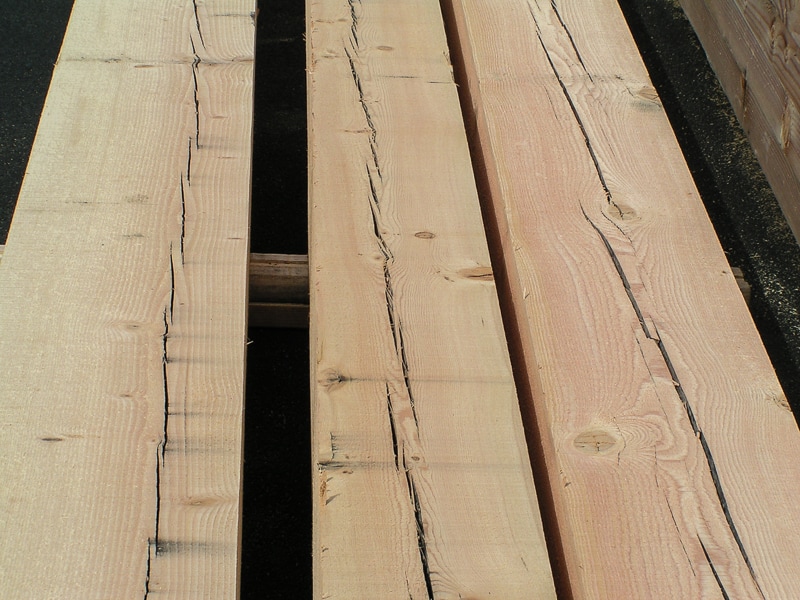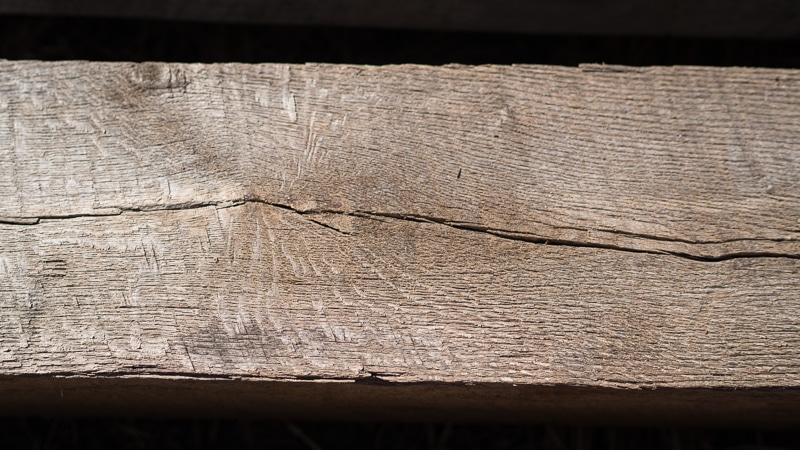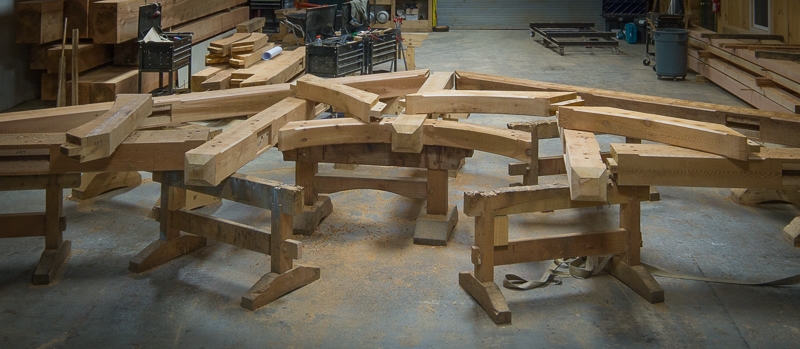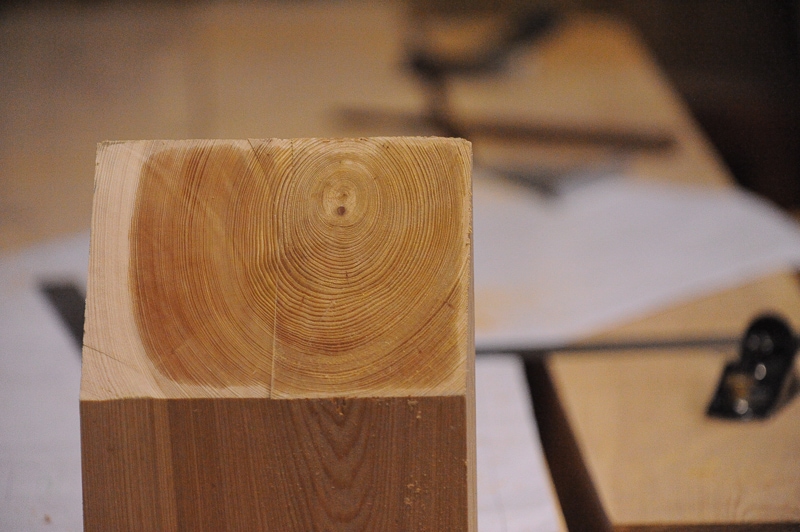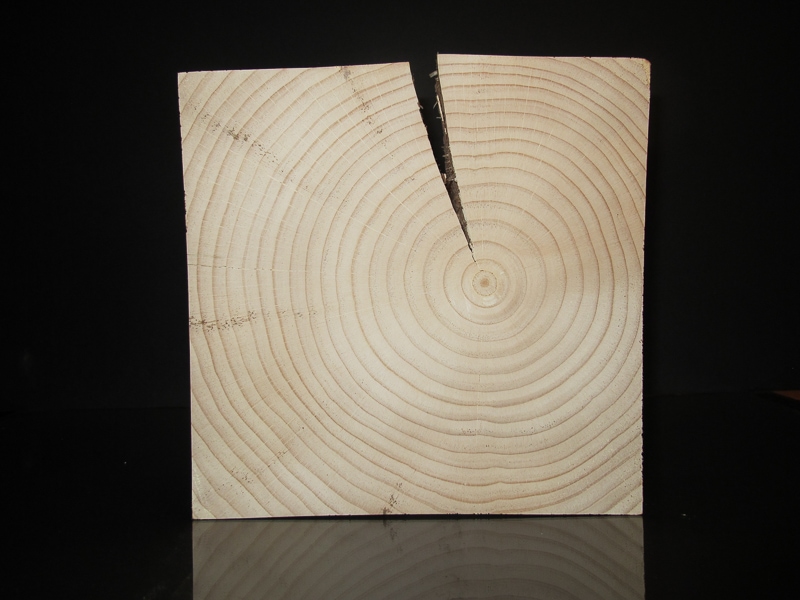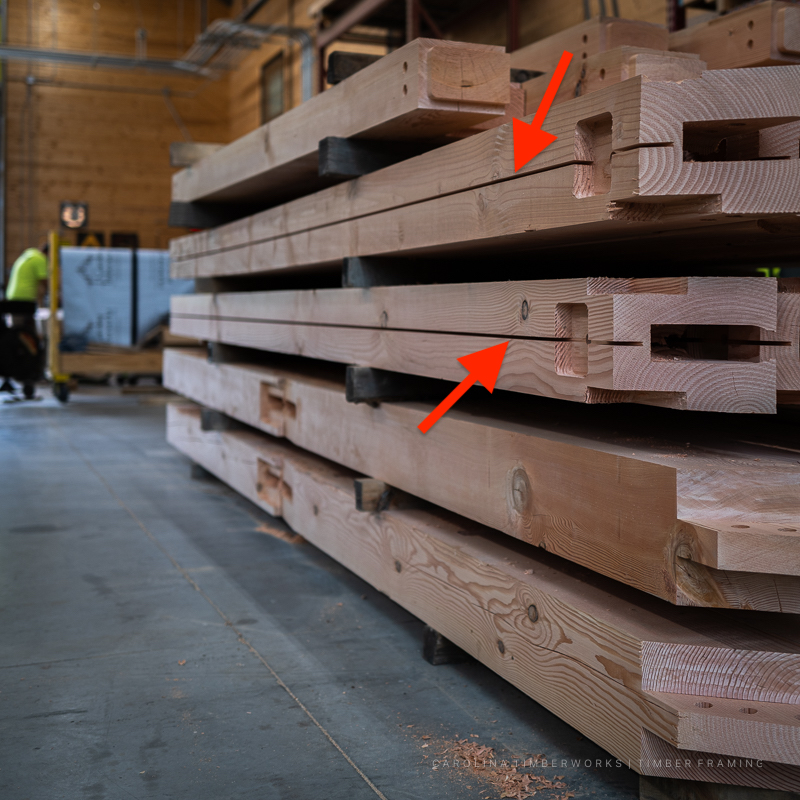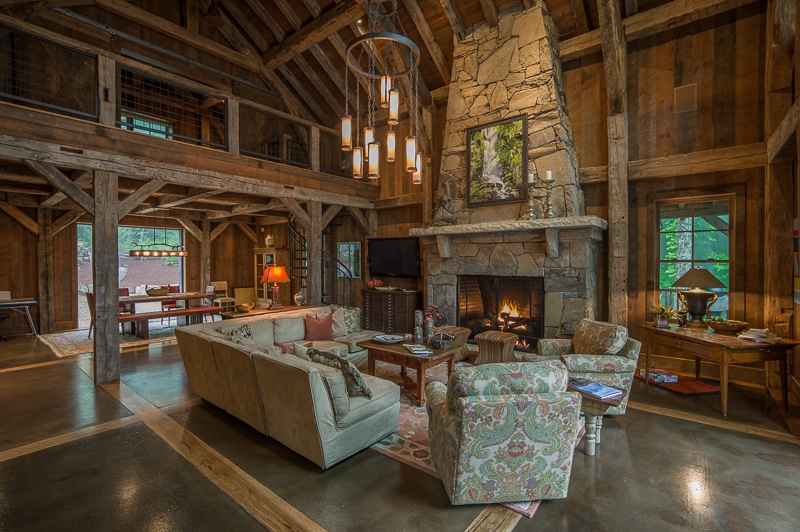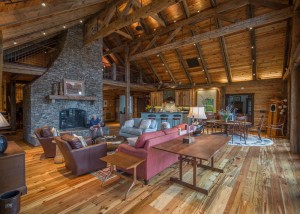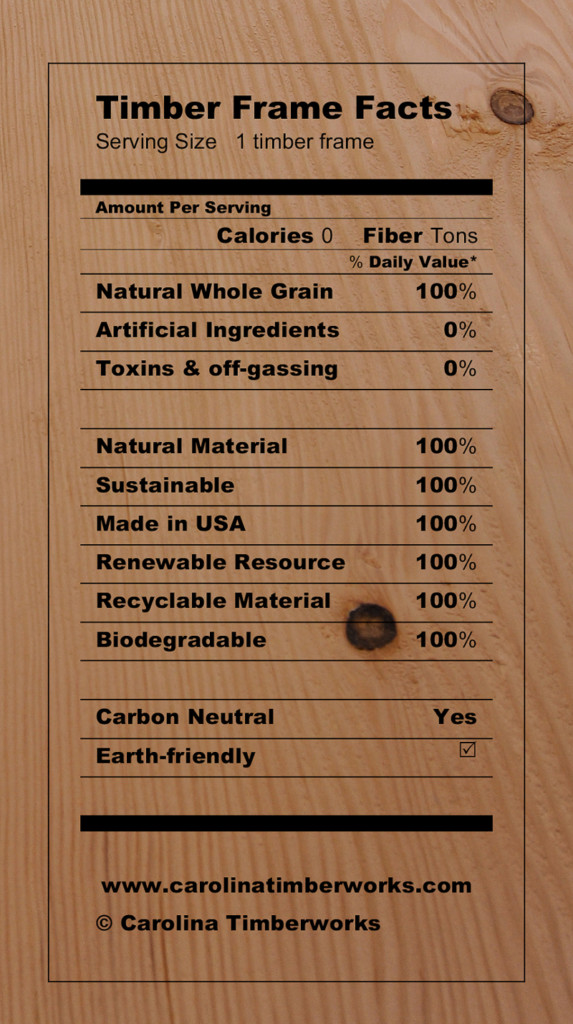
For nearly two decades, Carolina Timberworks has pursued sustainable building practices. Today, our passion for contributing to a sustainable future only continues to grow.
Curious why we’re so invested and what this pursuit means to us? Let’s talk sustainability.
What Is Sustainability?
In a nutshell, sustainability is the concept that we can meet the needs of the current generation without compromising future ones. It’s a big idea that spans economic, social, and environmental concepts. But there’s one common goal: to maintain a healthy world for all living things for generations to come.
What Are the 3 Pillars of Sustainability?
To understand how we’re working toward a sustainable future, it’s helpful to know the three pillars of this concept:
- Environmental sustainability involves practices like reducing waste, decreasing harmful emissions, and using cleaner energy sources. For this concept to work, we have to use natural renewable resources (like timber) at a rate where the forests can replenish themselves while still being harvested for raw materials.
- Social sustainability refers to the (positive and negative) impacts a business has on people. At a minimum, a business impacts the lives of its employees and their families. Questions we ask: Are we doing right by our employees? Are we providing them options and opportunities? How about our neighbors? Our community? Our children?
- Economic sustainability is about the business making a profit in the long-term– without causing social or environmental problems.
Why Is Sustainability Important?
Sustainability isn’t just about us. It’s important for building a future that works for everyone.
But at the same time, it is about us.
Since timber is a natural resource that’s critical to Carolina Timberworks, we take environmental sustainability seriously. We strive to design and build long-lasting timber frame structures while remaining mindful of natural resources.
How Can Building Be More Sustainable?
As the global population continues to grow, more people need more places to live—which means it’s essential to make structures and construction processes greener. Watch this video to see how the way we build can be part of the climate change solution.
Here are a few of our ideas for making building more sustainable:
- Design structures for minimal energy use. Begin by designing smaller structures that are better insulated, with better windows, and high-efficiency appliances and heat pumps. Then, produce as much of the building’s energy use as possible on site using solar or wind. Incorporate sustainable and renewable building materials like new or reclaimed timber and mass timber. Reduce the use of materials like concrete and steel that have a high embodied energy content. Finally, consider that remodeling an existing home, or adaptive reuse of an existing building, has a much lower embodied carbon footprint than building from scratch.
- Increase the lifespan of buildings. Neither demolition nor new construction is particularly environmentally friendly. Good design can help with overcoming these challenges. How? Houses that are loved are maintained. Houses that are maintained can last a very long time (with care, timber frame structures can, and do, last for generations). And one more thing: large roof overhangs provide shade you’ll enjoy and protect your siding and walls from the effects of wind, rain, and sun.
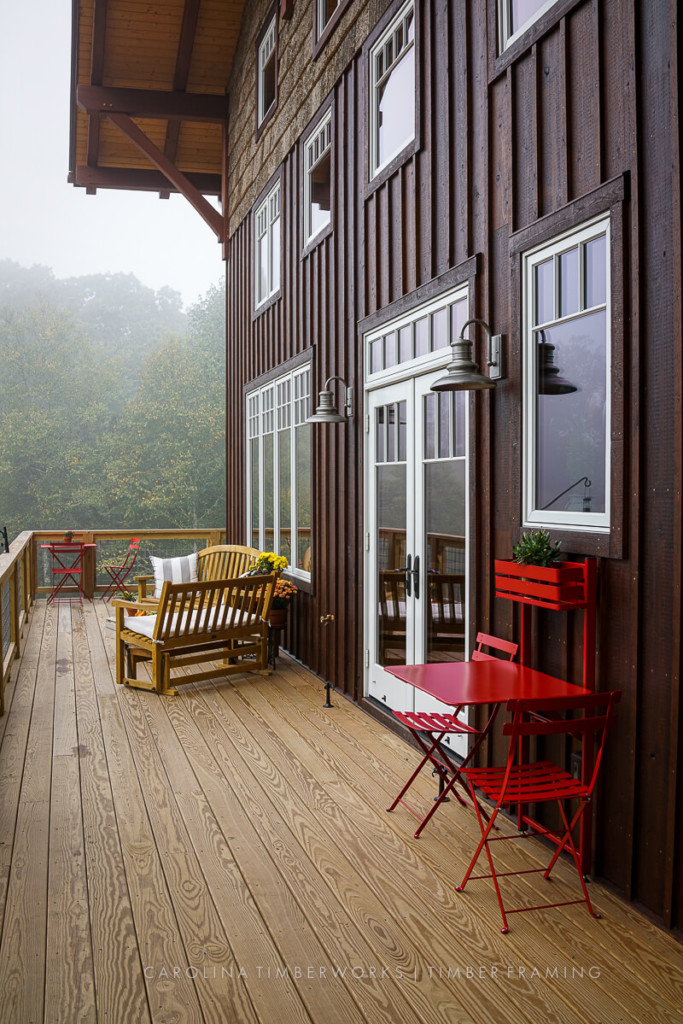
- The Not-So-Big House. Build a smaller but better house for the same money. Reduce the square footage, and put the savings into better design, materials, and craftsmanship. In 2006, Sarah Susanka spoke at a Timber Framers Guild conference in Roanoke and we’ve been believers ever since.
We aim to make the timber frame structures we build more sustainable—from the materials to the lifespan. But you may be asking yourself if timber framing is sustainable. Our answer? Wood is the world’s most environmentally-friendly building material.
How Can We All Live More Sustainable Lives?
We think it’s important for everyone to do their part. That’s why we made the decision to add solar panels to the roof of our timber frame shop in West Jefferson, North Carolina. And you know what? It wasn’t that hard.
We’ll continue to do our part to make building more sustainable in North Carolina and beyond, and we plan to keep learning and evolving our practices. We intend to be part of the solution.
